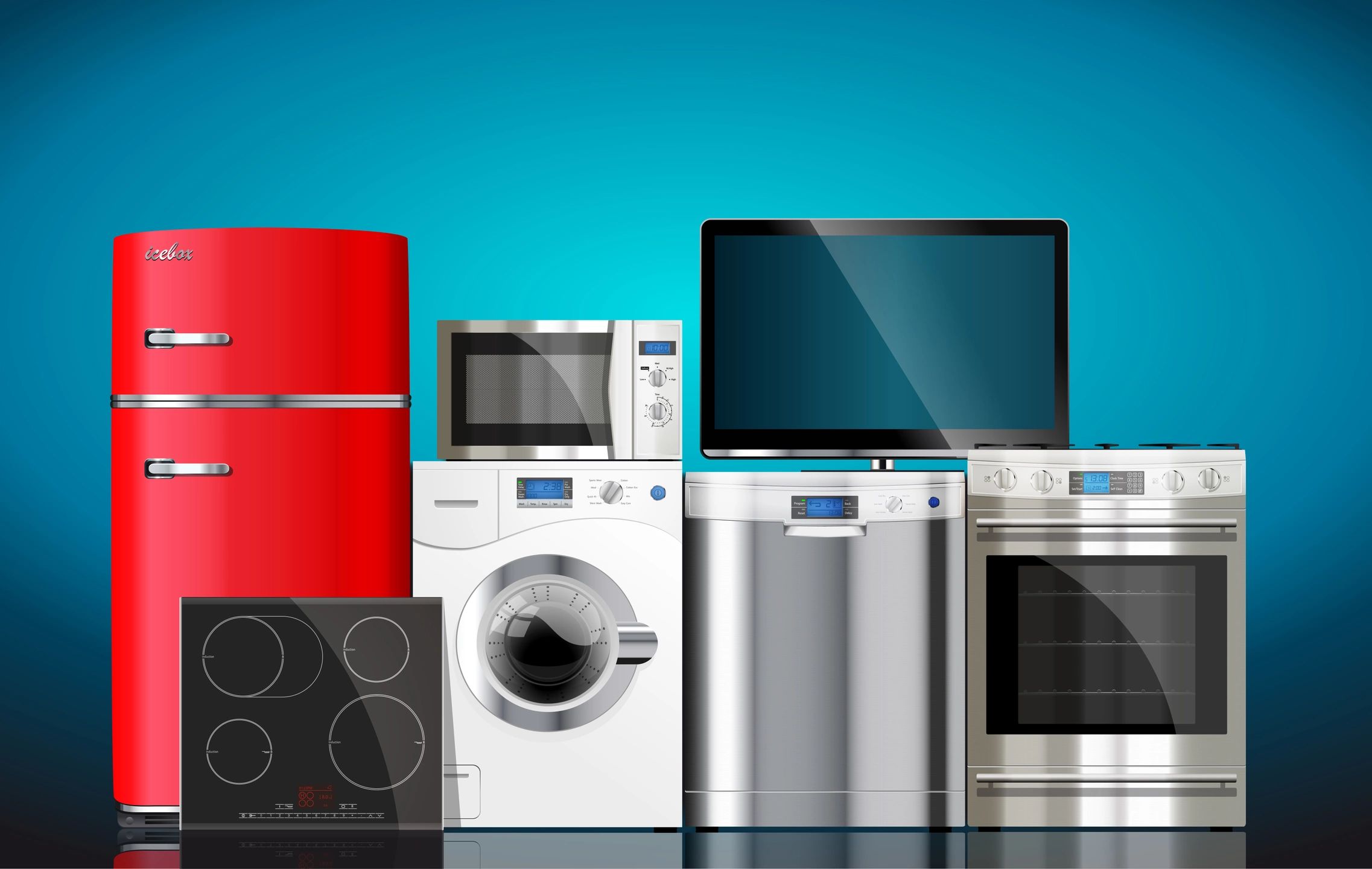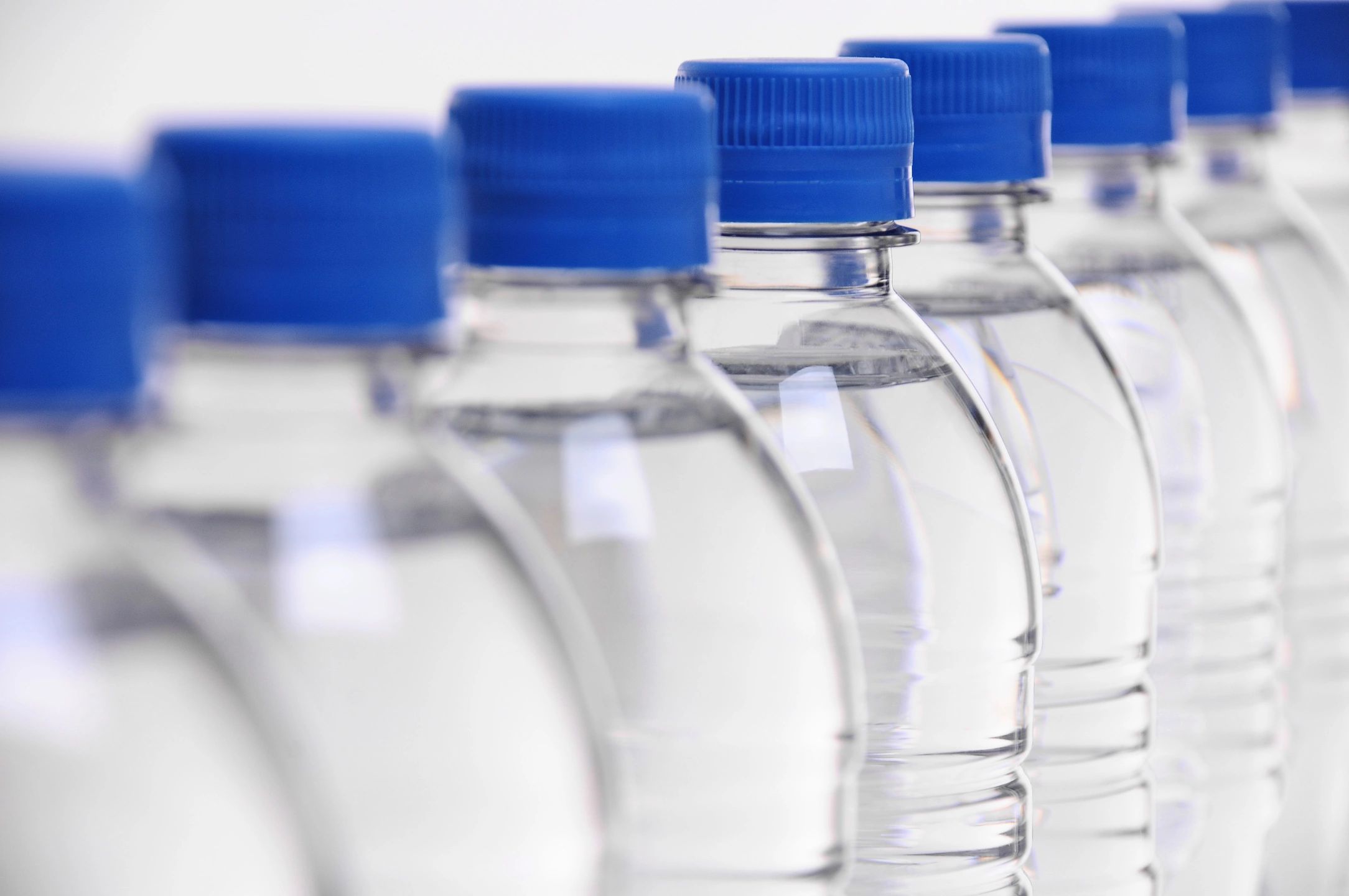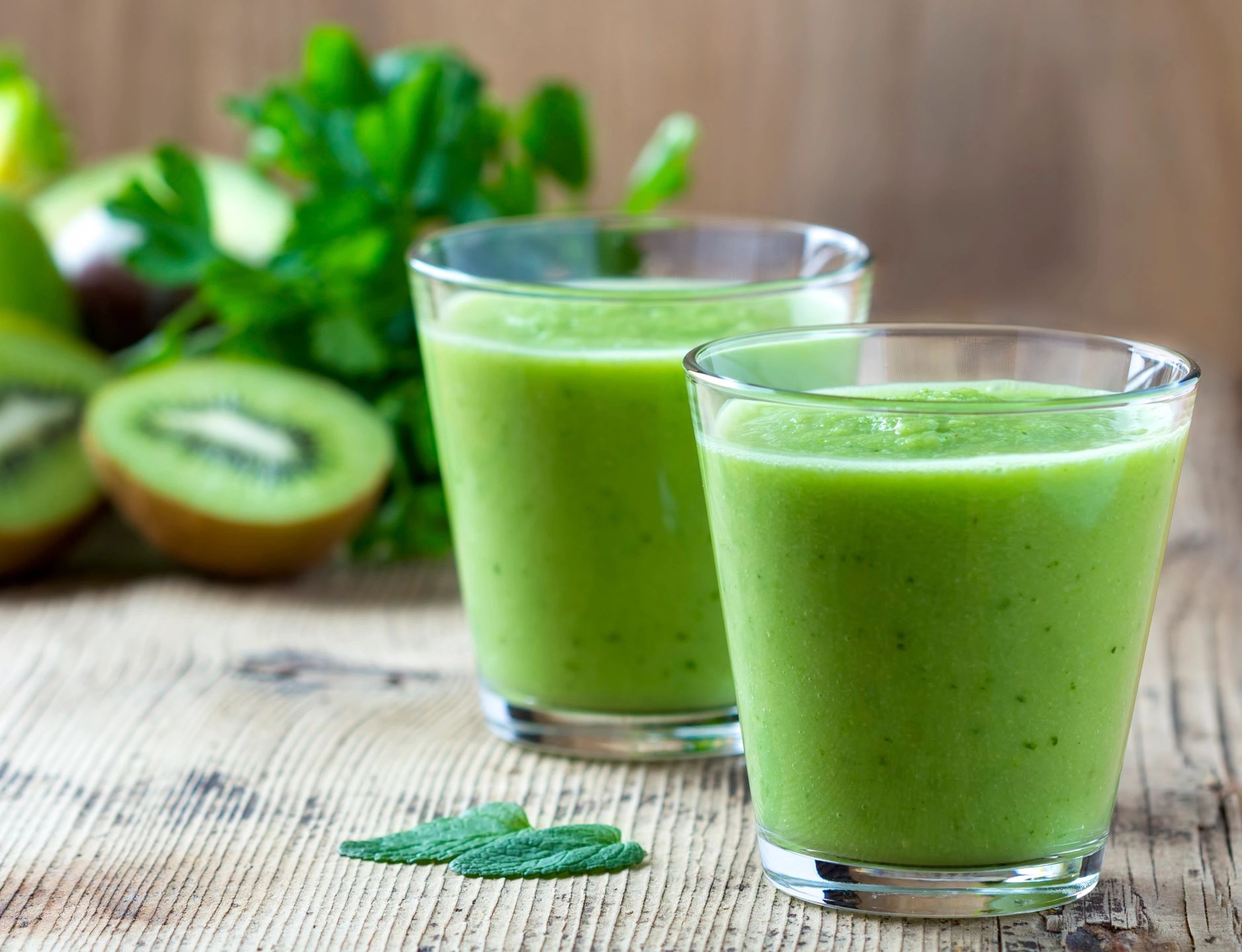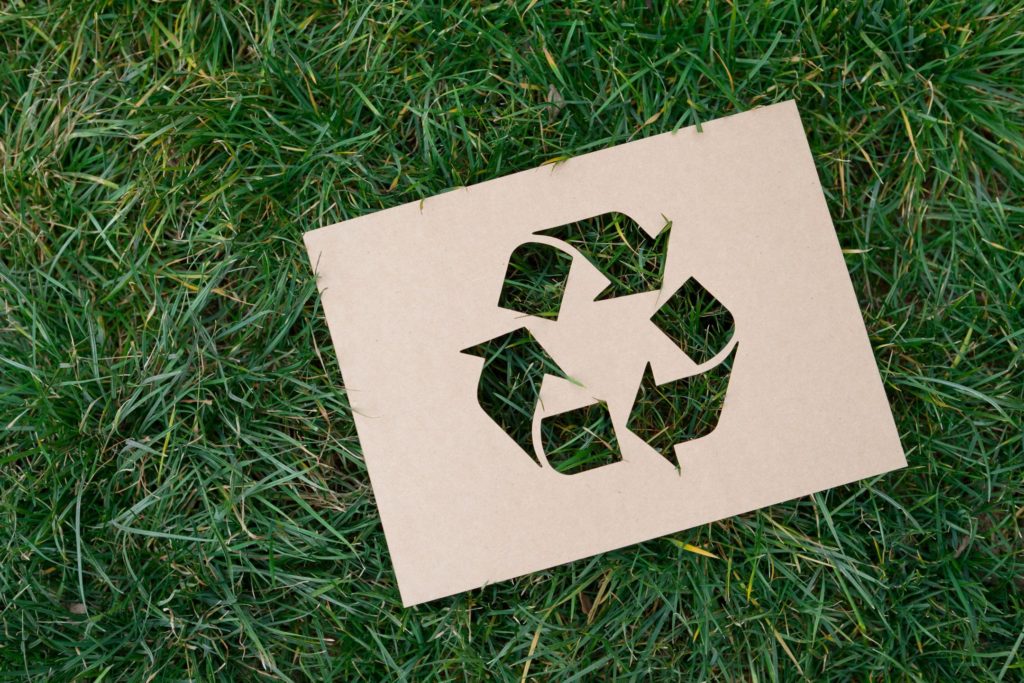Earth has been our home since time immemorial. The planet is filled with such wonder and beauty that it would take a person more than a lifetime to explore the breathtaking sights of our natural resources – the Northern Lights, Grand Canyon, and the view atop the Eiffel Canyon are just the tip of the iceberg.
However, with the slow but sure changes happening in our climate and environment, our time to not only discover the vast mystery that is our planet, but to also inhabit it, may be running out.
In April 22, 1970, a conference was held in Wisconsin, gathering all leaders and professionals in an environmental teach-in that would soon become known as Earth Day. The conference aimed to raise social awareness and discuss solutions for rising environmental problems. In 1990, Earth Day became an international event and was celebrated in 175 countries to bolster global efforts to help Earth, our home, with ways to better its conditions.
At the same time, various discussions about the environment may have produced misconceptions on how we should do our part towards a greener and more environmentally-safe lifestyle. Below are some popular myths about green living that are about to get busted.
Myth # 1: A green car is the way to go

Fact: The Toyota Prius, despite being at the unfortunate end of jokes among car enthusiasts for its relatively poor design, runs on electric energy unlike petrol-based cars, making it one of the most fuel-efficient consumer automobile in the market. Its inception since 1996 has inspired more car manufacturers to shift their focus in building more environment-conscious vehicles that allow users to reduce their carbon footprint.
There is no question that electric-based cars are ideal alternatives for your transportation needs, but one thing that manufacturers fail to tell consumers is that the process of building an automobile unit is not really friendly to the environment – it takes 8 tons of CO2 to make a car, equivalent to driving 23,000 miles.
Therefore, if you plan to shift to using a green vehicle, stick with the one you have instead of selling it for a brand new one. For those without a car and thinking of buying one, better check your nearest auto trader shop for a secondhand model of a Prius.
Myth #2: Keeping your current appliances for “greener” solutions is a wiser decision

Fact: This is not entirely false – our suggestion above of keeping your old car instead of getting a new, albeit an environmentally-conscious one lets you maximize your resources and discourages car manufacturers to wastefully build new units.
However, if you are still using refrigerators, microwaves, freezers, or air conditioners that were built during the ’70s, then you’d better consider getting new appliances soon. Technology nowadays has allowed manufacturers to create appliances that save 70% more energy as opposed to before.
US government-backed company Energy Star even furthers the savings to 90% on your energy consumption. Purchase appliances that have the Energy Star sticker to increase your efforts towards green living.
Myth #3: Bottled water is safer and better than tap water

Fact: There is nothing wrong with the content of the bottled water itself, especially in countries where tap water is simply not potable.
The bottle, however, is the problem.
Elizabeth Royte, author of the 2008 book Bottlemania: How Water Went on Sale and Why We Bought It, discusses by saying that more than $100US billion is spent by the bottled water industry, National Geographic breaks down the book and points out that:
“Transporting the bottles and keeping them cold also burns fossil fuels, which give off greenhouse gases. And groundwater pumping by bottled-water companies draws heavily on underground aquifers and harms watersheds, according to the Sierra Club, an environmental nonprofit. And according to some estimates, it takes up to three liters of water to produce one liter of bottled water.”
For countries with undrinkable tap water, the consumption of bottled water can be reduced by purchasing water jugs that you can use repeatedly and filling it up on your distilled water refilling stations.
Myth #4: Leaving the computer on is safer than turning it off to open it on

Fact: Most employees of business companies practice keeping their CPUs turned on before leaving the office; doing so saves the CPUs from wearing and tearing, which is the main culprit of their performances slowing down. Even casual Internet users are guilty of leaving their computers on before going to sleep so they can finish downloading the latest programs, applications, or television shows.
Everybody has their own reasons why they keep their computers on for an extended period of time. However, such is the reason for the 14.4 million tons of CO2 – an estimated cost of $1.72 US billion – wasted into the atmosphere. Computers have become much sturdier and tougher thanks to developmental advancements in technology that turning them off when not in use is much more cost-efficiency would not affect its performance in the long run.
Company employees should be advised to turn their computers into “sleep” or “hibernate” mode to reduce carbon consumption, especially when the computer is left idle. For casual users, they can hasten their downloading by purchasing a faster or more efficient Internet service provider so they won’t have to leave their CPUs running until daybreak.
Myth #5: Going “organic”

Fact: The production of organic food is generally more energy-efficient compared to regular produce. Although results have been inconclusive at this stage, the use organic soil does let farmers harvest vegetables and fruits that use little or no pesticides and fertilizers, making for a more natural substitute over normal products.
However, the environment is taking a beating on the efforts that take in delivering in-demand organic products to groceries and stores. In 2005, 70,000 tons of CO2 were spent on taking organic food from the farm to the automobiles down to the shops in California alone. Considering other stores from different states also procuring their own organic products for retail, the total amount for transporting the goods in the US alone must be staggering.
As a solution, you can purchase organic good from your nearby farm – this not only lets you see in person how your food gets sowed and fetched, but only decrease the CO2 spent on getting your produce transported.
How about you, dear reader? What other green living myths that we failed to mention on this post? Let your thoughts be heard by commenting below.
